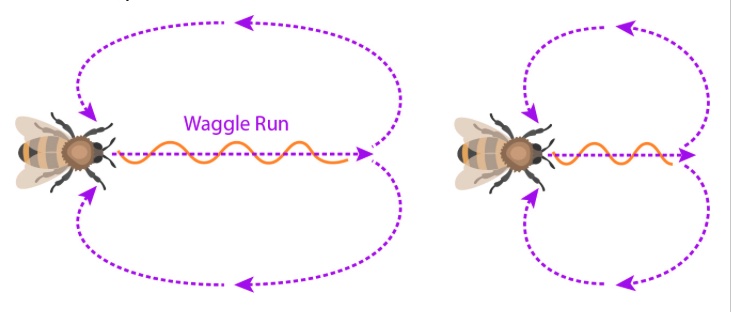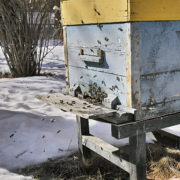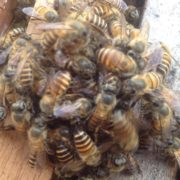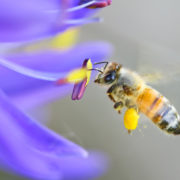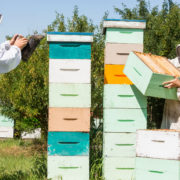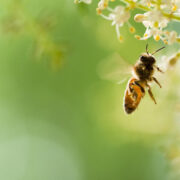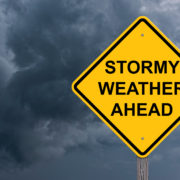The Dance of the Honeybee
Many beekeepers may notice their honeybees dancing, but they may not realize there’s a lot more to it than a captivating show. Dancing is the main “language” of the honeybee, allowing them to communicate important information to one another. As with many species in nature, communication is vital to existence. A honeybee colony relies on communication, teamwork, and of course, resources – such as water, food, or shelter, to survive. Afterall, without resources to sustain the colony, there’s no hope for a strong, thriving hive.
Worker bees forage for resources and return to the hive to inform others once they’ve made a discovery. To efficiently collect the new resources, honeybees must first communicate the distance and directions to the resource’s location. When the bees return to the hive, they bring samples of the nectar or pollen they’ve discovered to distribute to the colony. While the taste and scent of the sample helps bees to know what’s available out there, more specific information about the location is shared through dance.
Once the sample has stirred interest and gathered an audience, worker bees begin their dancing. Bees use different patterns within their dance performances to provide specific details about the location to fellow worker bees. They will usually perform one of a few dances: the round dance, the waggle, or a mix of the two. There are important differences between these dances, including how they look and what information they provide.
The round dance, also known as “circle dance”, has a simple pattern. Bees simply walk in a circle, turn around in the opposite direction, and walk the same circular path. They will repeat this action several times, however, the dance provides information about only one thing – the distance the resource is from the hive. The round dance is performed by honeybees when the new resource is located only a short distance from the hive, usually within approximately 50 meters. Although this dance does not give bees directions to the new resource, their keen sense of smell will pick up on the scent from the pollen or nectar sample that was shared.
Honeybee dancing begins to get a little more specific the further the new resources are from the hive. The waggle dance is performed when resources are more than 150 meters from the hive. This dance provides worker bees with plenty of information about the location, as well as directions on how to get there. When performing the waggle dance, also referred to as the “wagtail dance”, honeybees follow a figure-eight pattern with a side-to-side “waggle” motion in the middle.
It is this waggle motion that tells other bees the vital details they need to know, including which directions to take from the hive, and how far away it is. Worker bees may waggle with more enthusiasm depending on the quality of the food source, they may repeat the action more often, or they may change direction to indicate specific details about the path taken. In fact, researchers have found that the directions given by honeybees are extremely accurate!
Honeybees also use another dance that is a combination of both the round and waggle dance. The transitional dance, sometimes called the “sickle dance,” is performed when the new resource is located between 50 and 150 meters away. The sickle dance is very similar to the waggle dance, in that honeybees follow the same figure-eight pattern, however, with this dance, there is no waggle motion in between.
There is still some debate among researchers about how much honeybee communication relies on dancing, rather than their distinct sense of smell and inherently good vision. However, after several experiments, the majority of scientists have concluded that dancing is a vital part of honeybee communication. Although floral smells are important when locating nectar and pollen, the dance of the honeybee has proven to be essential to their ongoing survival.

